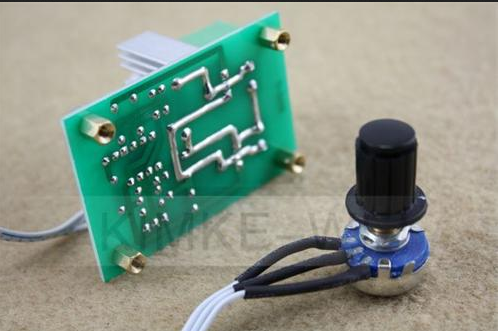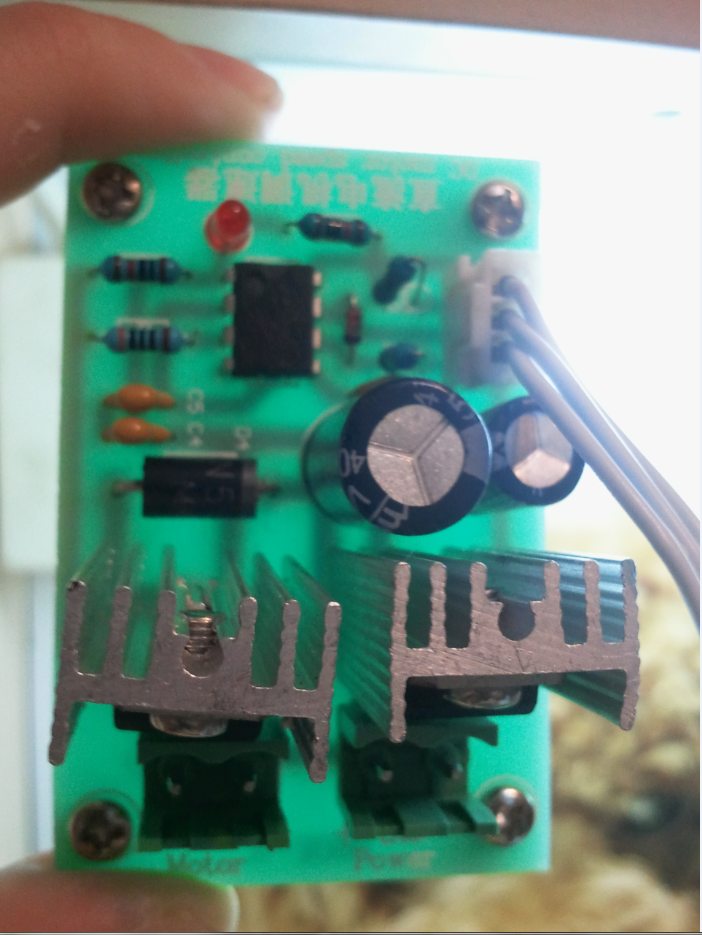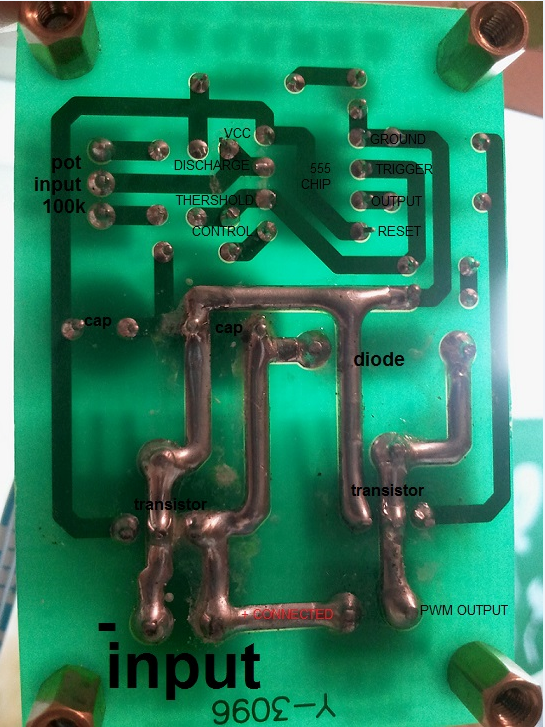xReM1x
Member level 5
Need help desiging "kick start" for a fan
hey y'all. I (unfortunately) bought pwm controller from eBay and there is no schematic on the intrent, And I wanna add to this controller a "kick start"
kick start : https://www.overclockers.com/forums/showpost.php?p=6931080&postcount=822
https://www.overclockers.com/forums/showpost.php?p=7116335&postcount=1214
So, I dont have schematics or anythingfor the contoller I bought so I need a circuit Separate from the controller, a circuit I could add Additionally to the pwm controller.
I might could try to make the schematics just by looking at the connections..
hey y'all. I (unfortunately) bought pwm controller from eBay and there is no schematic on the intrent, And I wanna add to this controller a "kick start"
kick start : https://www.overclockers.com/forums/showpost.php?p=6931080&postcount=822
https://www.overclockers.com/forums/showpost.php?p=7116335&postcount=1214
So, I dont have schematics or anythingfor the contoller I bought so I need a circuit Separate from the controller, a circuit I could add Additionally to the pwm controller.
I might could try to make the schematics just by looking at the connections..
Last edited:




